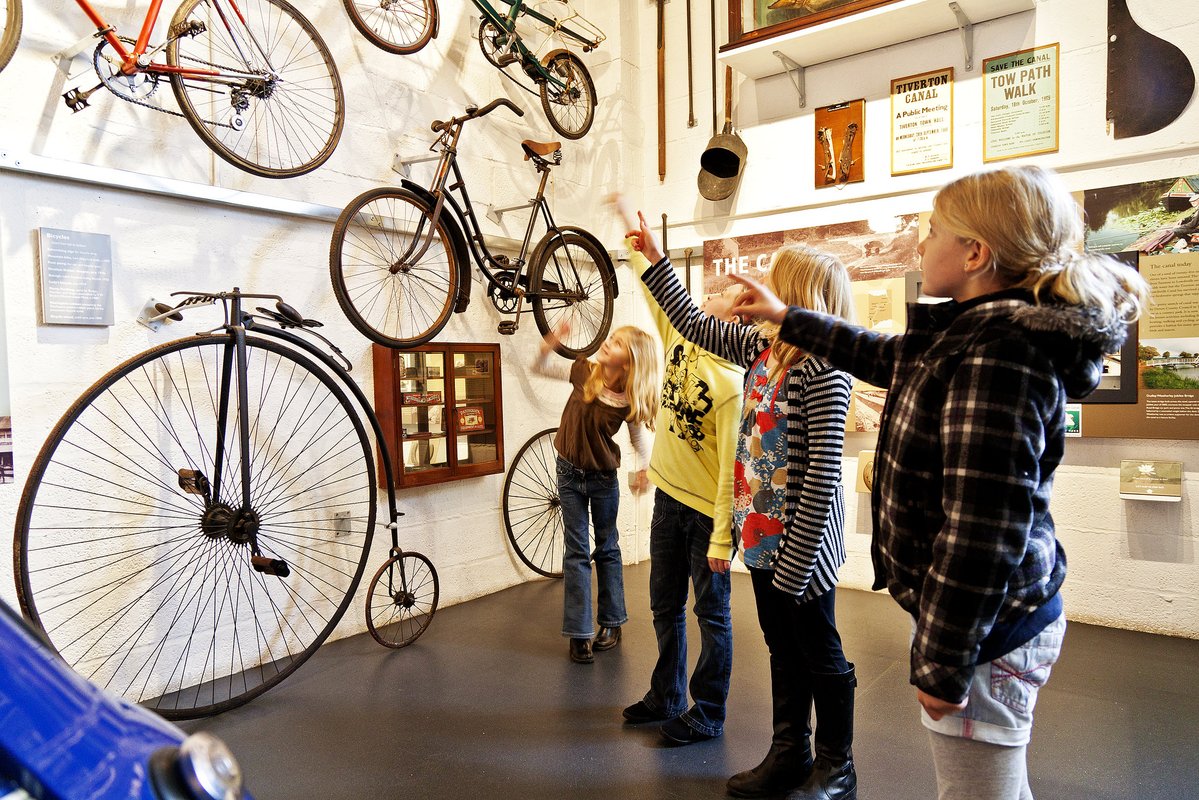We invited Katie Longley, a student of Bath Spa University, to write a blog post based on what she learnt from the our recent conference.
The South West Fed 2020 conference: ‘Interpreting, Curating & Combatting the Climate Emergency’ was inspiring and engaging. As a new student to the South West region, it enabled me to develop my knowledge of the museums and heritage sites of the area.
Although the climate emergency can often seem like a daunting and depressing topic, the heritage sector needs to adapt and respond to it, by being involved in organisational change and increasing public awareness of the challenges we face globally. Climate change is happening now and its effects are increasingly part of our everyday life: this conference offered many practical and thought-provoking ways in which the sector has and can continue to engage with public discussion, awareness and action on the climate emergency.
I particularly enjoyed Jess Collins’ talk, ‘Communicating climate change using museum archaeology’. It chimed with my own interest in and prior experience of working in archaeology, particularly community archaeology. Jess’ talk enabled me to understand how museums and other heritage organisations can use their collections creatively to tell stories that engage people in the climate emergency. These stories help to connect and engage the public to understand some of the challenges our ancestors faced in the past, some of which are similar to the ones we are currently facing today.
I was inspired to think about how this could be applied to site work through community archaeology. How can we engage people in the climate emergency at an excavation open day? Seeing an object found on site and in context can often have a more profound impact on the visitor. Being able to draw on stories from the past using such objects would be a very powerful way of engaging people in the issues around climate change. This could be woven into the engagement offered at excavation open days and to other forms of outreach in archaeology.
Many of the sites I have worked on were already beginning to see the impact of the climate emergency. Some objects found on site may have been affected by climate change, and the societies that produced these objects were often ruled by changing weather patterns. This gives us an insight into how communities in the past responded and adapted to environmental changes, which in turn could offer the modern visitor a fuller context for the current crisis and even a sense of hope in response to what can be an overwhelming and gloomy reality.
Follow Katie on Twitter: @katielongleyy


